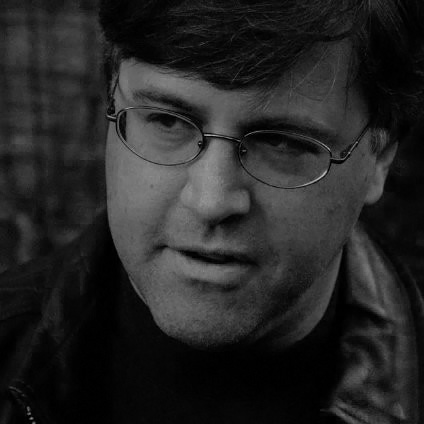GALACTIC BARS, BULGES AND DISKS
Scientific Workshop, June 1-5 2026, Lipari Island, Italy

Galactic Bars, Bulges and Disks
A Workshop in memory of Peter Erwin
SCIENTIFIC RATIONALE
The formation and evolution of disk galaxies are determined by the dynamical interplay among the bulge, bar, and disk. They serve as laboratories for probing fundamental astrophysical processes and are the channels through which the angular momentum, energy, and mass are redistributed among the various galactic components.
Our present-day picture of galactic dynamics was achieved thanks to synergies among several ground-based observatories and space missions that provided a detailed view of the galactic structure not only of the Milky Way but also in nearby and distant disk galaxies. The Gaia and HST missions allowed us to study the detailed spiral structure of the Milky Way, whereas large photometric surveys (for example the SDSS, GAMA, 2MASS surveys) and dedicated spectroscopic studies (such as MANGA, CALIFA, SAMI surveys) allowed us to investigate the complex interplay between bulge, bar and disk in galaxies up to redshift of 2. A key role in the interpretation of the observations is played by numerical and cosmological simulations, which offer a theoretical framework to test the formation scenarios and to trace the co-evolution of galactic components.
Since their launch, the Euclid and James Webb Space Telescope have revolutionised our knowledge of the formation of galaxies, by permitting us to study the fine structure of galactic disks up to a redshift of 5. Recent studies demonstrated that bars and spirals were settled in disks earlier than previously thought, suggesting that internal secular processes began early in galactic history, whereas the discovery of a large number of bulges embedded in high-redshift galaxies supports the inside-out formation scenario.
In February 2025, we got the shocking news that Peter Erwin had passed away. Bars, bulges and disks were central to Peter’s research. We propose a workshop on galactic bulges, bars and disks and their role in the formation and evolution of galaxies. This meeting is dedicated to remembering him and honouring his work.
We aim to illustrate the present picture of bulges, bars and disks’ dynamics together with the latest groundbreaking discoveries to discuss the future of research lines on this specific topic in a vibrant environment. The workshop will take place, in person, in Lipari, the biggest among the Aeolian Islands, in Sicily, in June 2026. Remote attendance will also be possible.
We will cover the following key topics:
- The role of the bulges and bars in the formation of disk galaxies
- The structure of our Milky Way
- Lessons from isolated and cosmological simulations on dynamics and statistics
- Thinking towards the future with the next generation facilities such as JWST, Euclid, and ELT
We wish to bring together both junior and senior researchers from various backgrounds, from observational data to modelling and simulations of disc galaxies, to present their results to the scientific community and share ideas.
SCIENTIFIC ORGANIZING COMMITTEE
C. Buttitta – INAF-Osservatorio Astronomico di Capodimonte, Italy (Chair)
E. M. Corsini – University of Padova, Italy (Co-chair)
V. P. Debattista – University of Lancashire, UK (Co-chair)
J. E. Beckman – Instituto de Astrofísica de Canarias, Spain, Spain
V. Cuomo – Universidad de La Serena, Chile
E. D’Onghia – University of Wisconsin-Madison, USA
E. Iodice – INAF-Osservatorio Astronomico di Capodimonte, Italy
F. Fragkoudi – Durham University, UK
M. Ness – Australian National University, Australia
P. Patsis – Academy of Athens, Greece
M. Romero-Gomez – University of Barcelona, Spain
J. Shen – Shanghai Jiao Tong University, China
R. Saglia – Max-Planck-Institut für extraterrestrische Physik, Germany
LOCAL ORGANIZING COMMITTEE
C. Buttitta – INAF-Osservatorio Astronomico di Capodimonte, Italy (Chair)
R. Calvi – INAF-Osservatorio Astronomico di Capodimonte, Italy
F. Fonzo – INAF-Osservatorio Astronomico di Capodimonte, Italy
R. Aiello – INAF-Osservatorio Astronomico di Capodimonte, Italy
A. Loni – INAF-Osservatorio Astronomico di Capodimonte, Italy
M. Spavone – INAF-Osservatorio Astronomico di Capodimonte, Italy
J. Caruana – University of Malta, Malta
K. Fiteni – University of Insubria, Italy
INVITED SPEAKERS
TBD